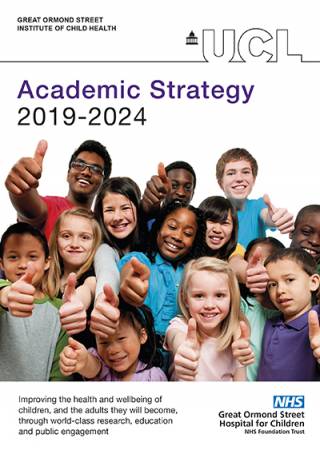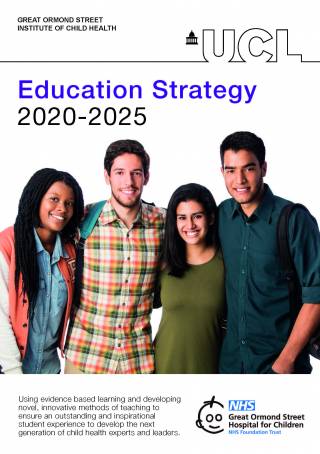Supervisors: Prof Nicholas Greene and Prof Andrew Copp
Fusion of sheets of epithelial cells is essential for development of several critical structures in the developing embryo, including the neural tube (which goes on to form the brain and spinal cord), upper lip and palate. Failure of these process leads to common birth defects including spina bifida (caused by failed neural tube closure) and cleft lip with or without cleft palate (CL/P). The starting point for this project is the finding that loss of function of the Grainyhead-like transcription factor, Grhl3, can cause spina bifida or CL/P and that over-expression of Grhl3 or Grhl2 also causes spina bifida. We found that spina bifida in these models is caused by miss-expression of target genes in the epithelial cells that overlie the developing spinal cord. This affects the cellular identity and the biomechanical properties of these cells and prevents progression of closure. Interestingly, we found that excessive expression of Grhl2 and Grhl3 also affects development of other epithelial structures and can lead to CL/P. The next step is to understand how and why upper lip and palate formation is disrupted in these models and whether there are shared molecular targets which are involved in both spina bifida and CL/P. Determining a role for dysregulation of Grhl2 and/or Grhl3 in cleft lip/palate may highlight regulatory mutations in these genes as being key candidates for involvement in the equivalent human conditions.
The aim of this project is to better understand the genetic, cellular and developmental basis of cleft lip/palate and spina bifida, focussing on the role of Grhl genes. The student will:
(i) Determine the stage at which development of the upper lip and palate fails in Grhl2 and Grhl3 over-expressing embryos by examining embryos at successive time-points through this process.
(ii) Ask whether Grhl2 or Grhl3 over-expressing embryos show disruption of key cellular events of lip and palate fusion including apoptosis, proliferation and epithelial-mesenchymal transition (EMT). For example, a possible mechanism to be examined is that over-expression of Grhl2 may inhibit EMT.
(iii) Use existing RNA-seq datasets and perform new RNA-seq analyse to investigate transcriptional dysregulation in the surface ectoderm at the site of closure of the neural tube and in the ectoderm of the frontonasal prominences and palatal shelves. This analysis will show whether Grhl2 has shared and specific targets in these regions. Changes in expression level and localisation of key targets will be further investigated together with key targets, such as Bmps and Bmp regulators, from pilot data.
(iv) Functional studies (e.g. using known inhibitors) of disrupted pathways will test the contribution of abnormal pathways in the developmental abnormalities.
As Grhl proteins are transcription factors that regulate expression of downstream genes, understanding their key downstream targets that are involved in cleft lip/palate, may indicate novel genetic risk factors and/or demonstrate the potential importance of specific Grhl target genes.
The student will make use of mouse strains that are genetic knockouts or over-express (via transgenes or promoter/enhancer mutation) Grhl2 and Grhl3 (all established in the supervisors laboratory). They will analyse embryos at during development using light and fluorescence confocal microscopy, as well as scanning electron microscopy. This will be combined with immunostaining techniques to investigate key proteins of interest relating to cell-cell junction, cell death and cell identity (e.g. EMT). The student will also make use of existing RNA-seq datasets and perform new RNA-seq experiments to evaluate the effect of Grhl gene disruption on mRNA expression of downstream targets in the developing spinal cord, lip and palate.
References:
1. Nikolopoulou E. et al., (2019) Nat. Comm. In Press.
2. De Castro SC et al., (2018) Hum. Mol. Genet. doi.org./10.1093/hmg/ddy313.
3. De Castro S.C. et al., (2018) Dev. Biol. 435: 130-137.
4. Nikolopoulou E et al., (2017) Development. 144: 552-566.
5. Pai YJ et al., (2012) Birth Defects Research (Part A) 94: 817-823.
 Close
Close




